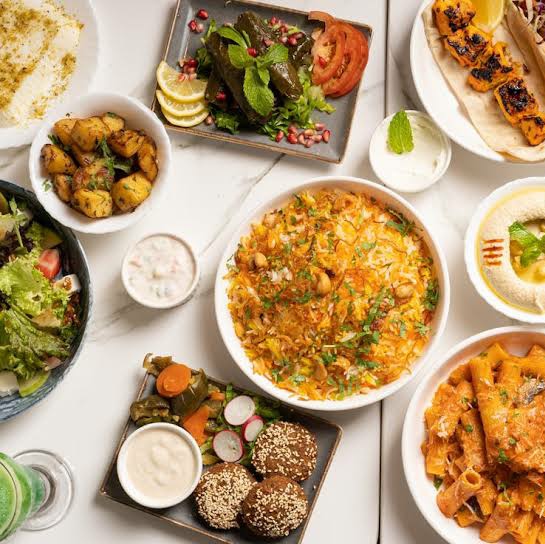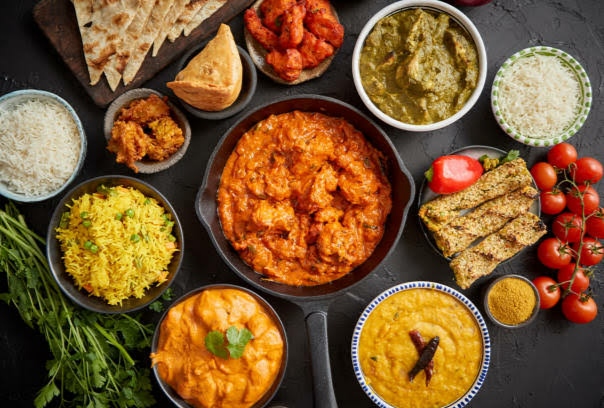Traveling allows us to step back in time, exploring the rich tapestry of history that defines our world. One of the most fascinating aspects of any culture is its cuisine, which often reflects centuries of tradition and evolution. In this journey, we will embark on a culinary and historical adventure, exploring the ancient cuisines and landmarks of various countries, including India. Each destination will offer a unique window into the past, revealing how food and history are deeply intertwined.
1. Italy: The Cradle of Mediterranean Delights
Our journey begins in Italy, a land where ancient history and delectable cuisine are inseparable. Italian cuisine dates back to the Roman Empire, with its roots in simple yet flavorful dishes using fresh ingredients. Landmarks like the Colosseum in Rome and the Pompeii ruins take us back to the heart of the Roman civilization.
When it comes to food, pasta is a staple that was first documented in the 13th century. Over time, Italy has developed a rich repertoire of pasta dishes, from the iconic spaghetti carbonara to the delectable lasagna. Pizza, with its origins in Naples, has also become a global favorite. Pair these dishes with wines from regions like Tuscany and Piedmont, and you have a culinary experience that spans centuries.
2. China: A Culinary Odyssey through the Dynasties
China’s history spans thousands of years, and its cuisine has evolved with each dynasty. From the savory dishes of the Qin Dynasty to the elaborate feasts of the Tang Dynasty, Chinese cuisine is a living testament to the country’s rich history.
The Great Wall of China and the Terracotta Army stand as monumental landmarks, showcasing the architectural and artistic prowess of ancient China. But it’s the food that truly tells the story. Chinese cuisine is diverse, with regional specialties such as Peking duck, Sichuan hotpot, and dim sum. These dishes have been refined over centuries, blending flavors, textures, and techniques from different periods and regions.
3. India: Spice Routes and Architectural Marvels
India, with its ancient history and diverse culture, is a treasure trove of culinary and architectural wonders. The country’s cuisine reflects its long and complex history, influenced by various empires, trade routes, and traditions.
One cannot discuss Indian cuisine without mentioning spices. India was a vital hub on the ancient spice routes, and spices like cardamom, cinnamon, and black pepper played a significant role in trade. These spices found their way into Indian dishes, creating a rich tapestry of flavors. From the Mughal dynasty’s biryani to the South Indian dosa, Indian cuisine offers a tantalizing journey through time.
As for landmarks, India boasts architectural marvels like the Taj Mahal, a testament to the love of Emperor Shah Jahan for his wife Mumtaz Mahal. The Jaipur City Palace, with its blend of Rajput and Mughal architecture, showcases India’s diverse history. These landmarks, like Indian cuisine, tell the stories of conquests, dynasties, and cultural exchanges.
4. Greece: From Ancient Ruins to Mediterranean Delights
Greece, the birthplace of democracy and Western philosophy, offers a unique blend of history and cuisine. The ruins of Athens, including the Acropolis and the Parthenon, transport us to the height of classical Greece.
Greek cuisine is characterized by fresh ingredients, olive oil, and an abundance of Mediterranean flavors. Dishes like moussaka, souvlaki, and baklava have been enjoyed for centuries. The Greek diet, known for its health benefits, has its roots in ancient traditions, emphasizing the use of local and seasonal ingredients.
5. Egypt: Culinary Treasures of the Nile
Egypt, with its timeless wonders along the Nile River, is a cradle of civilization and culinary innovation. The pyramids of Giza and the Sphinx serve as iconic reminders of Egypt’s ancient past.
Egyptian cuisine is a fusion of Middle Eastern and Mediterranean influences, with dishes like koshari, falafel, and baklava gracing the tables for generations. The use of ingredients like fava beans, dates, and pomegranates dates back to antiquity. The Nile River, central to Egyptian life, has provided sustenance for millennia, shaping the cuisine and culture of the region.
6. Mexico: Ancient Civilizations and Vibrant Flavors
In the Americas, Mexico stands out for its rich culinary heritage and historical landmarks. The pyramids of Teotihuacan and the temples of Chichen Itza are remnants of ancient civilizations that thrived in the region.
Mexican cuisine is a colorful fusion of indigenous ingredients and European influences. Corn, beans, and chilies have been staples for thousands of years, while Spanish colonizers introduced ingredients like tomatoes and spices. The result is a cuisine celebrated for its complexity and depth of flavor, seen in dishes such as tacos, mole, and tamales.




